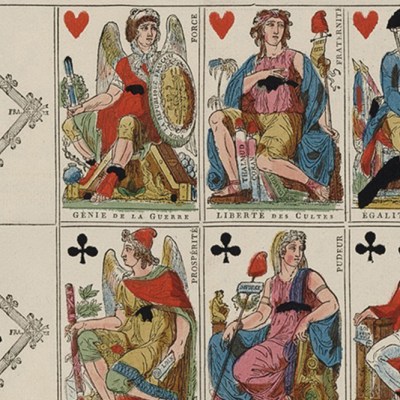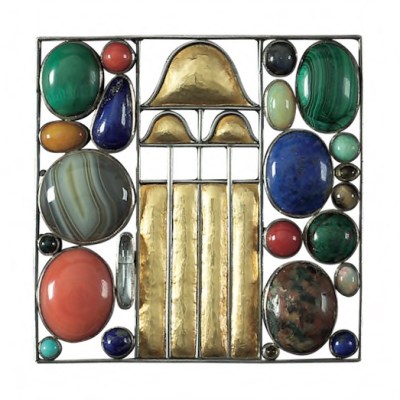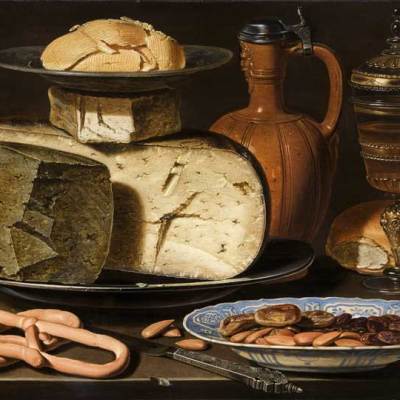This exhibition at the British Museum in London (4 May–13 August) brings together artefacts to explore how, in the period after the war, the opulence of Persian culture came to define a style of luxury from Egypt to India. Juxtapositions in the exhibition reveal the ways that the Greeks tried to emulate the objects they discovered: a Persian gilt-silver rhyton (a vessel used to serve wine) with winged griffin (c. fifth century BC) finds an echo in a Hellenistic-era drinking cup in the form of a lion’s head (c. 500–470 BC); that items associated with the Persian royal court such as parasols were adopted by Greek culture is revealed here by the illustration on an ornate hydria (c. 400–380 BC). Other highlights include the Panagyurishte Treasure, on loan from the National Museum of History in Bulgaria. Consisting of nine gold vessels and eight rhyta, these finely decorated golden objects exemplify the precision of Persian craftsmanship. Find out more on the British Museum’s website.
Preview below | View Apollo’s Art Diary
Gilt silver rhyton (c. fifth-century BC), Turkey. Photo: © the Trustees of the British Museum

Red-figured drinking cup in the form of a lion’s head (c. 500–470 BC), Italy. Photo: © the Trustees of the British Museum

Millefiori glass dish (c. 225–200 BC), Italy. Photo: © the Trustees of the British Museum




